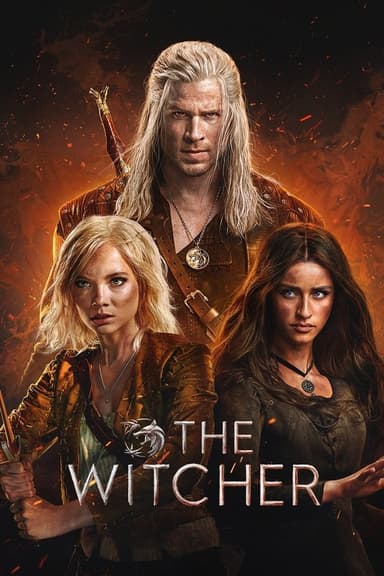
The Last Templar
2009 • Action & Adventure, Sci-Fi & Fantasy
The Last Templar is a four-hour Canadian miniseries, based on the 2005 novel The Last Templar, which aired in the U.S. on January 25 and 26, 2009, starring Mira Sorvino, Scott Foley, Victor Garber, Anthony Lemke, Kenneth Welsh, Danny Blanco Hall and Omar Sharif. The miniseries is produced by Muse Entertainment Enterprises. Emmy Award-winning Robert Halmi Sr., along with Robert Halmi Jr., and Michael Prupas are the executive producers.
Why you should read the novel
If you truly want to immerse yourself in the gripping world of The Last Templar, nothing beats the original novel by Raymond Khoury. The book is filled with intricate historical detail, lavishly researched backstories, and deeply engaging characters that the screen adaptation cannot fully explore. Khoury's prose invites you to puzzle over ancient mysteries and thrilling puzzles firsthand, something that resonates far deeper on the page than in a condensed miniseries format.
Reading the source novel allows you to delve into the internal struggles, motivations, and complex relationships of protagonist Tess Chaykin and FBI agent Sean Reilly. You'll uncover multiple subplots, nuances, and background information on the Templars that add layers of meaning and authenticity to the narrative. This depth keeps you turning pages and pondering implications long after you've finished.
Moreover, the book allows for a more immersive and personal experience, where your imagination brings the medieval world and dramatic revelations vividly to life. If you value historical depth, rich character arcs, and thought-provoking mysteries, the novel offers a far more satisfying and textured adventure than its television adaptation.
Adaptation differences
One of the most notable differences between The Last Templar TV miniseries and Raymond Khoury's book lies in character development and motivations. In the book, Tess Chaykin is portrayed as a more complex, independent, and intellectually driven protagonist, with her archaeological expertise and personal history given substantial focus. The series, while retaining her basic character, simplifies many of her inner conflicts and backstory, making her largely fit into the mold of an action-oriented heroine to suit the televisual format.
Another major discrepancy concerns the plot's depth and pacing. The novel weaves together multiple historical timelines, including richly detailed flashbacks to the time of the Templars, offering readers a dual narrative. The TV series streamlines or skips many of these historical subplots, compressing the storyline for time constraints and visual coherence. As a result, viewers miss out on much of the nuanced interplay between past and present that enriches the book.
Furthermore, the handling of religious and philosophical themes is subtly but importantly altered. Khoury's novel carefully unpacks the consequences of the Templar discovery and the religious questions it raises, allowing for deeper reflection and controversy. In the TV adaptation, these themes are largely diluted, with the narrative focusing more on the chase and action, sidelining the novel's debate on faith, church history, and the implications for modern Christianity.
Finally, the supporting cast and secondary plot threads are more robust in the novel. Characters such as Father de Angelis and Tess’s daughter play expanded roles in the book, providing emotional depth and additional stakes. The television format necessitates condensing or omitting many of these figures, leading to a simpler, more linear story that, while entertaining, loses some of the complexity and humanity that make the novel memorable.
The Last Templar inspired from
The Last Templar
by Raymond Khoury










